Updating GOV.UK’s crown
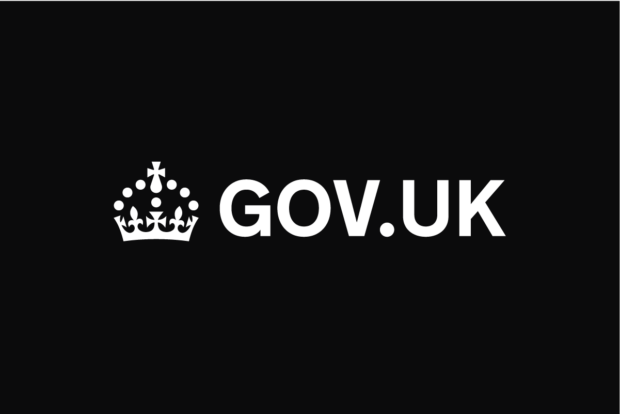
We have a new crown in our logo for the first time. Find out how we made this change and why.

We have a new crown in our logo for the first time. Find out how we made this change and why.

We’ve made further big improvements to our tool used by more than 2,000 publishers across government. Find out why and what it means.
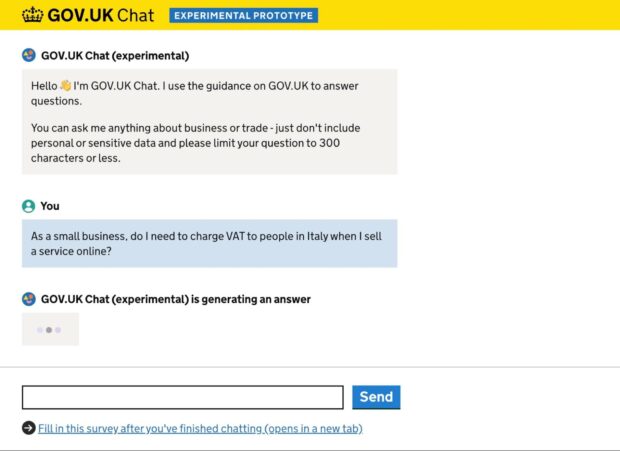
GOV.UK has run its first generative AI experiment to see how a Large Language Model (LLM) would work using GOV.UK content. Here are our early findings.
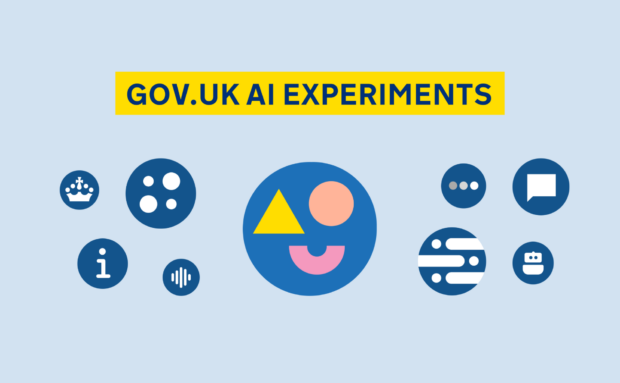
The GOV.UK AI Team are investigating how generative artificial intelligence and large language models could help the millions of people that use GOV.UK every week.

We’ve launched a new tool to help people find licences for their businesses, homes and other activities. Here’s how we delivered a successful outcome for users and what happens next.

We've made new updates to the policy that defines what should and shouldn't go on GOV.UK. Here's what we're doing and why.

We’ve reduced the time and effort it takes to publish content with images on GOV.UK. Here’s why and how we did it.

You might’ve spotted a change in the number of government departments. Here’s how we supported this change, updated GOV.UK to reflect it and what we learned from doing so.
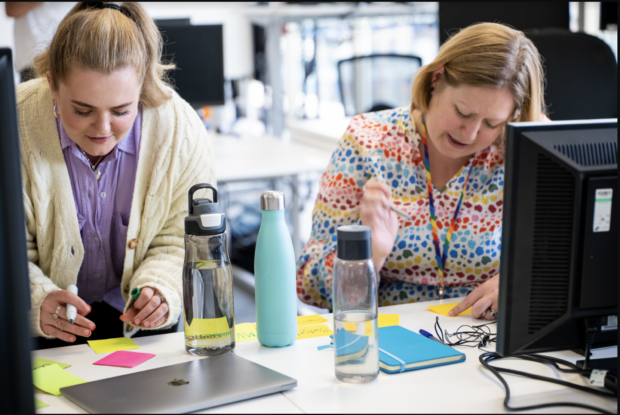
GDS and DLUHC worked together to develop a smart answer to help users find out how much they might have to pay to remove cladding, or make their building safe.
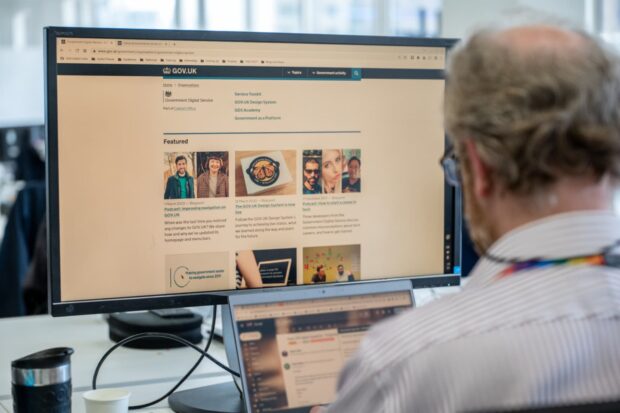
We do a deep dive into what we've learned from the Real User Monitoring (RUM) data that we started collecting in June last year.